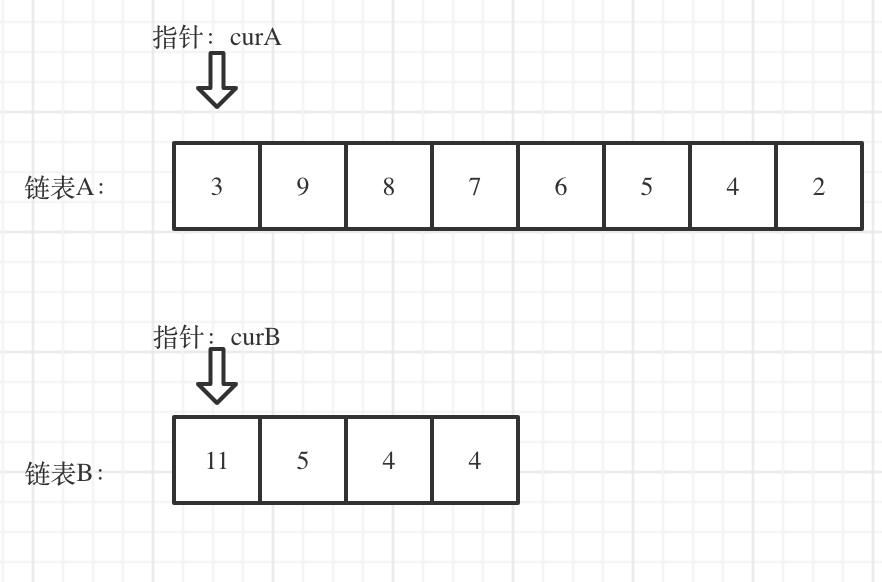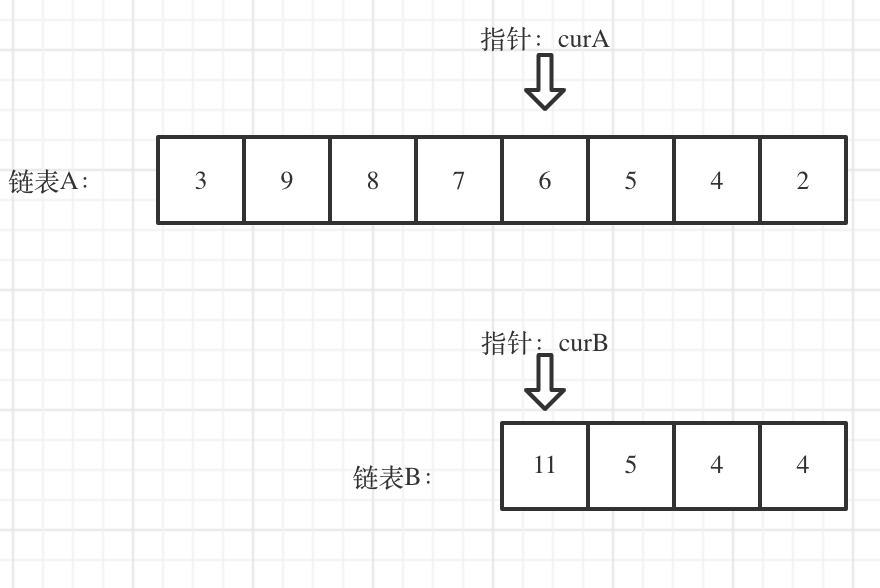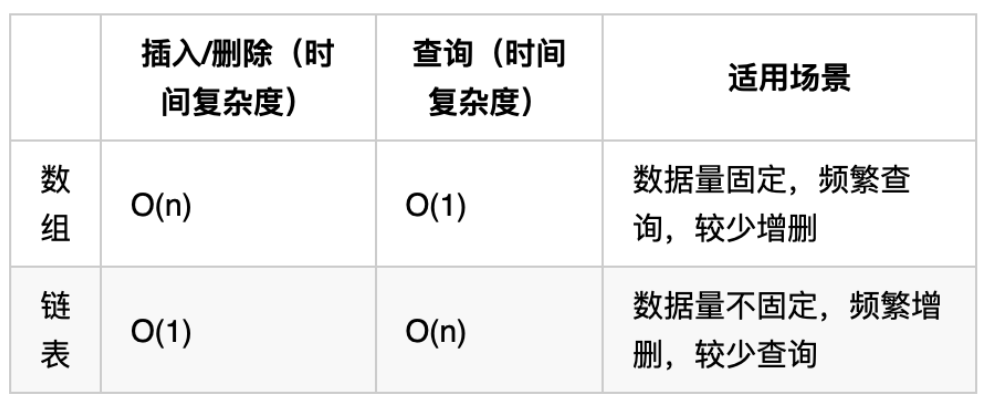什么是链表,链表是一种通过指针串联在一起的线性结构,每一个节点由两部分组成,一个是数据域一个是指针域(存放指向下一个节点的指针),最后一个节点的指针域指向null(空指针的意思)。
基础结构:
struct ListNode {int val;ListNode* next;ListNode() : val(0), next(nullptr) {}ListNode(int x) : val(x), next(nullptr) {}ListNode(int x, ListNode* next) : val(x), next(next) {}};
新建:
ListNode* head = new ListNode(5);
删除节点

只要将C节点的next指针 指向E节点就可以了。
在C++里最好是再手动释放这个D节点,释放这块内存
Java、Python,就有自己的内存回收机制,就不用自己手动释放了
203. 移除链表元素
(加释放空间提升消耗???)
直接删除:
class Solution {
public:
ListNode* removeElements(ListNode* head, int val) {
// 删除头结点
while (head != NULL && head->val == val) { // 注意这里不是if
ListNode* tmp = head;
head = head->next;
delete tmp;
}
// 删除非头结点
ListNode* cur = head;
while (cur != NULL && cur->next!= NULL) {
if (cur->next->val == val) {
ListNode* tmp = cur->next;
cur->next = cur->next->next;
delete tmp;
} else {
cur = cur->next;
}
}
return head;
}
};
新建虚拟头节点
class Solution {
public:
ListNode* removeElements(ListNode* head, int val) {
ListNode* dummyHead = new ListNode(0); // 设置一个虚拟头结点
dummyHead->next = head; // 将虚拟头结点指向head,这样方面后面做删除操作
ListNode* cur = dummyHead;
while (cur->next != NULL) {
if(cur->next->val == val) {
ListNode* tmp = cur->next;
cur->next = cur->next->next;
delete tmp;
} else {
cur = cur->next;
}
}
head = dummyHead->next;
delete dummyHead;
return head;
}
};
我的:
https://github.com/kaixuhuang/CPP/blob/master/List/yichu%20.cpp
设计链表
链表操作的两种方式:
- 直接使用原来的链表来进行操作。
- 设置一个虚拟头结点在进行操作。
707. 设计链表
我的解答:
https://github.com/kaixuhuang/CPP/blob/master/List/sheji%20.cpp
翻转链表
反转链表
迭代:
class Solution {
public:
ListNode* reverseList(ListNode* head) {
ListNode* temp; // 保存cur的下一个节点
ListNode* cur = head;
ListNode* pre = NULL;
while(cur) {
temp = cur->next; // 保存一下 cur的下一个节点,因为接下来要改变cur->next
cur->next = pre; // 翻转操作
// 更新pre 和 cur指针
pre = cur;
cur = temp;
}
return pre;
}
};
递归:
class Solution {
public:
ListNode* reverseList(ListNode* head) {
// 边缘条件判断
if(head == NULL) return NULL;
if (head->next == NULL) return head;
// 递归调用,翻转第二个节点开始往后的链表
ListNode *last = reverseList(head->next);
// 翻转头节点与第二个节点的指向
head->next->next = head;
// 此时的 head 节点为尾节点,next 需要指向 NULL
head->next = NULL;
return last;
}
};
交换节点
24. 两两交换链表中的节点
示例:
class Solution {
public:
ListNode* swapPairs(ListNode* head) {
ListNode* dummyHead = new ListNode(0); // 设置一个虚拟头结点
dummyHead->next = head; // 将虚拟头结点指向head,这样方面后面做删除操作
ListNode* cur = dummyHead;
while(cur->next != nullptr && cur->next->next != nullptr) {
ListNode* tmp = cur->next; // 记录临时节点
ListNode* tmp1 = cur->next->next->next; // 记录临时节点
cur->next = cur->next->next; // 步骤一
cur->next->next = tmp; // 步骤二
cur->next->next->next = tmp1; // 步骤三
cur = cur->next->next; // cur移动两位,准备下一轮交换
}
return dummyHead->next;
}
};
我的解答:
https://github.com/kaixuhuang/CPP/blob/master/List/jiaohuan.cpp
删除倒数节点
19. 删除链表的倒数第 N 个结点
双指针:
class Solution {
public:
ListNode* removeNthFromEnd(ListNode* head, int n) {
ListNode* dummyHead = new ListNode(0);
dummyHead->next = head;
ListNode* slow = dummyHead;
ListNode* fast = dummyHead;
while(n-- && fast != NULL) {
fast = fast->next;
}
fast = fast->next; // fast再提前走一步,因为需要让slow指向删除节点的上一个节点
while (fast != NULL) {
fast = fast->next;
slow = slow->next;
}
slow->next = slow->next->next;
return dummyHead->next;
}
};
class Solution {
public:
int cur=0;
ListNode* removeNthFromEnd(ListNode* head, int n) {
if(!head) return NULL;
head->next = removeNthFromEnd(head->next,n);
cur++;
if(n==cur) return head->next;
return head;
}
};
链表相交
链表相交
简单来说,就是求两个链表交点节点的指针。 这里同学们要注意,交点不是数值相等,而是指针相等。
为了方便举例,假设节点元素数值相等,则节点指针相等。
看如下两个链表,目前curA指向链表A的头结点,curB指向链表B的头结点:
我们求出两个链表的长度,并求出两个链表长度的差值,然后让curA移动到,和curB 末尾对齐的位置,如图:

我的解答:
https://github.com/kaixuhuang/CPP/blob/master/List/xiangjiao.cpp
环形链表
快慢指针法:分别定义 fast 和 slow 指针,从头结点出发,fast指针每次移动两个节点,slow指针每次移动一个节点,如果 fast 和 slow指针在途中相遇 ,说明这个链表有环。
环形链表 II
我的解法:huan.cpp
https://github.com/kaixuhuang/CPP/blob/master/List/huan.cpp


